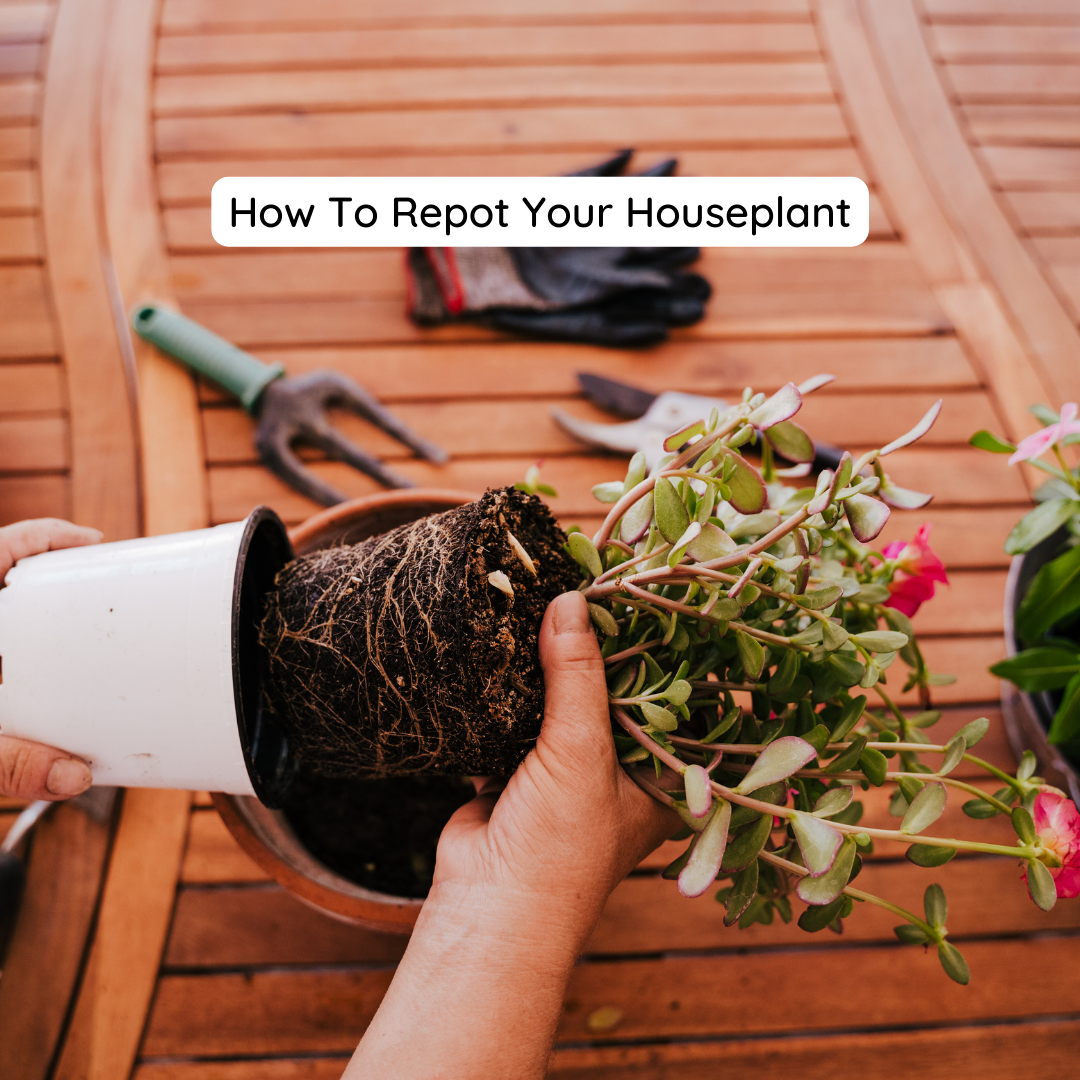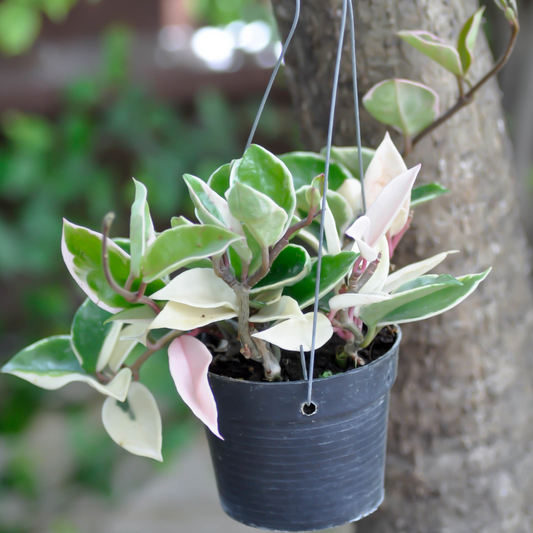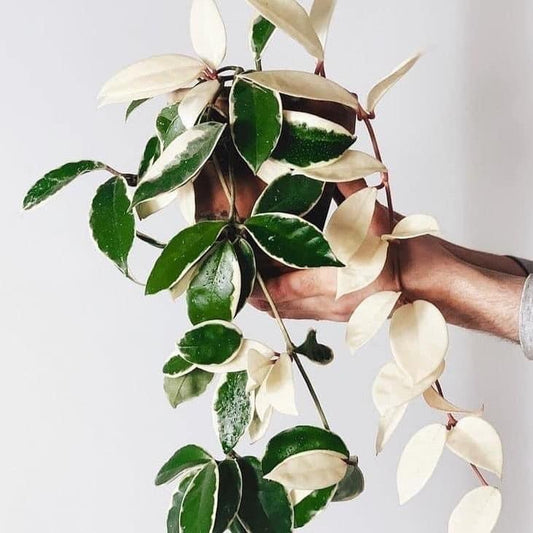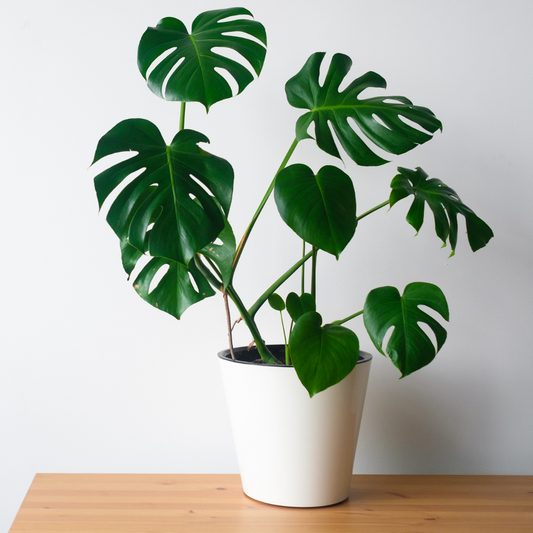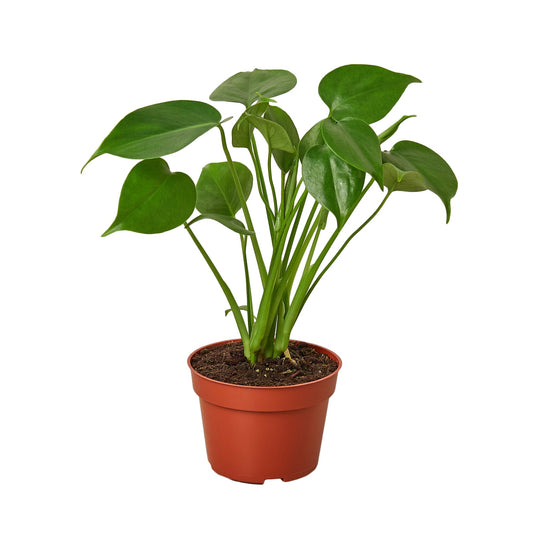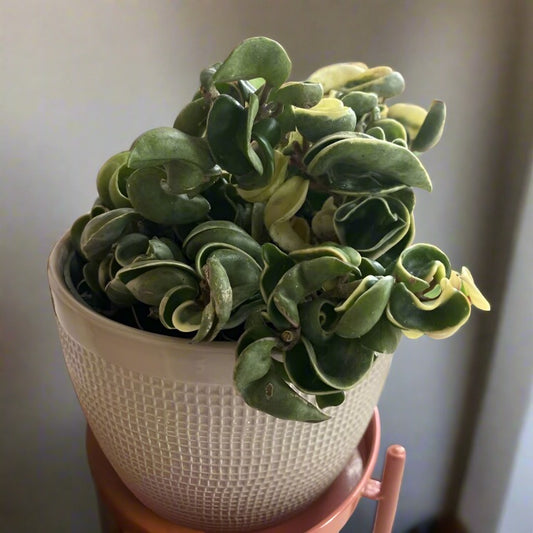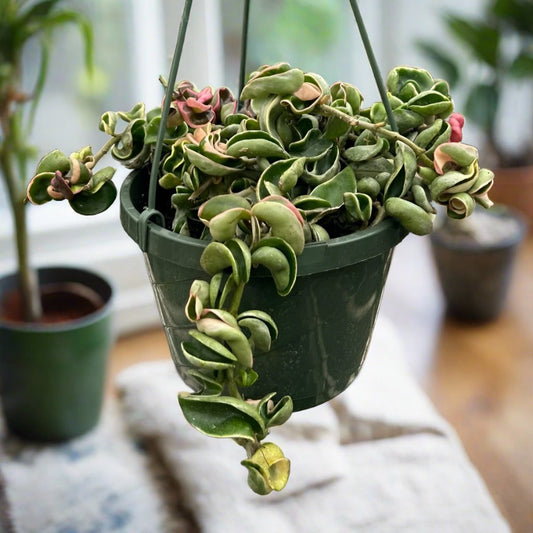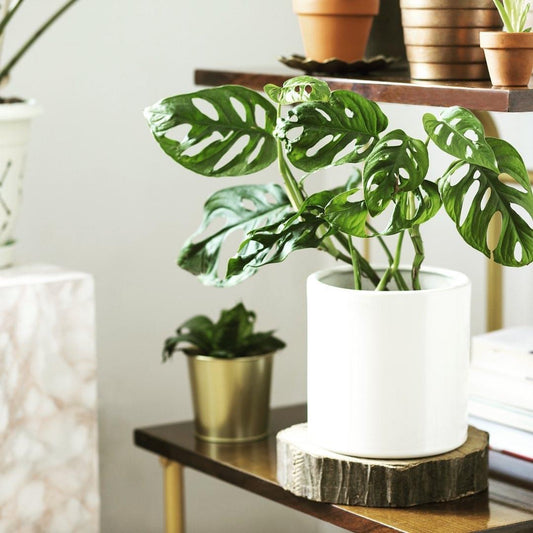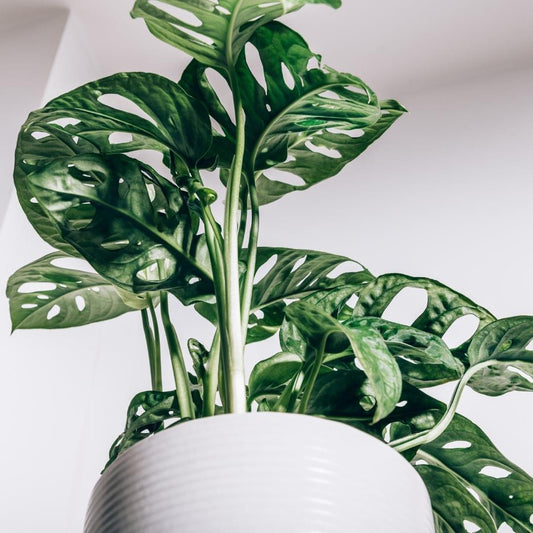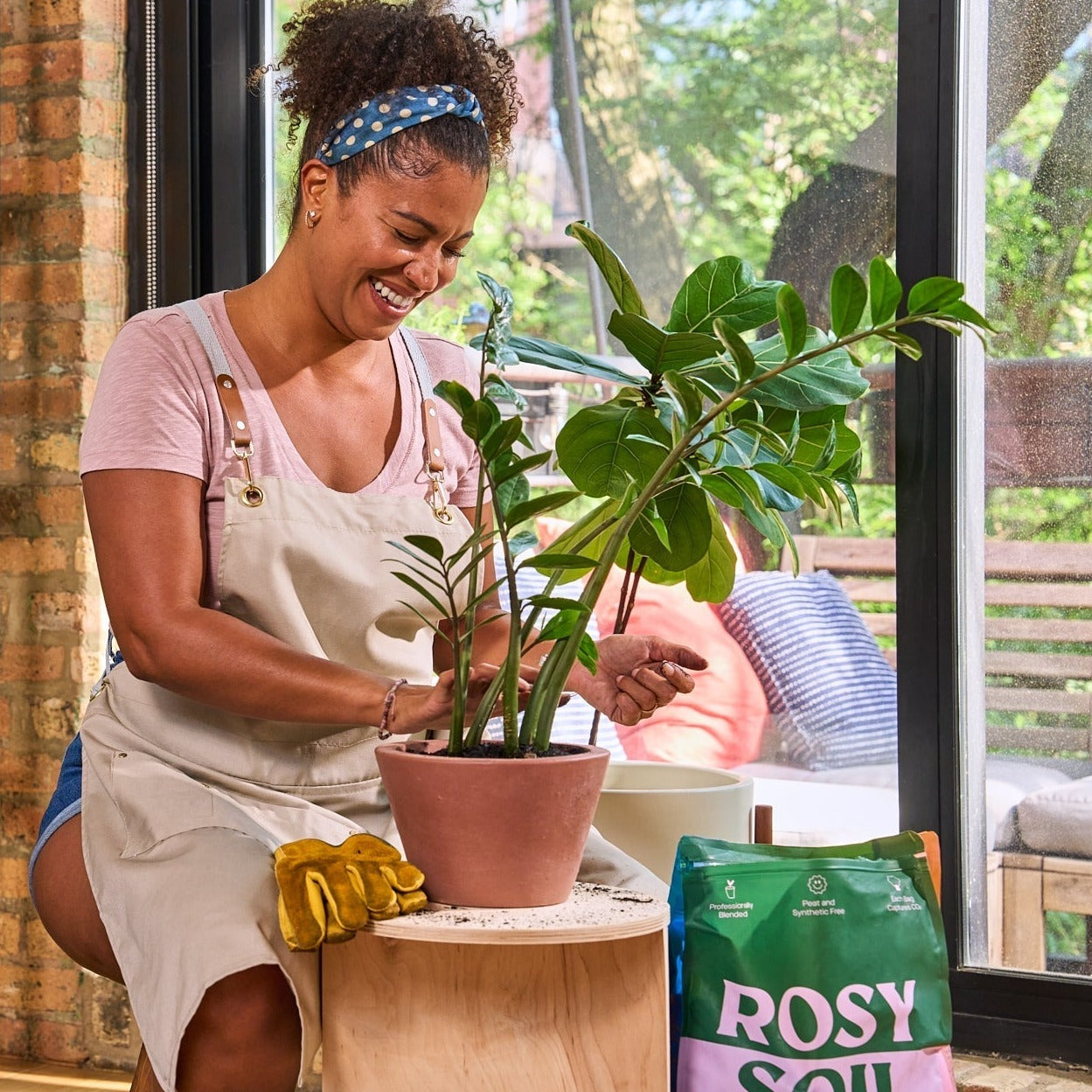Houseplants are one of the easiest ways to add life and color to your home. You can find them in a myriad of shapes and sizes, so they're perfect for adding some greenery on a desk or window sill. However, many houseplants need repotting every year or two. This can be done at any time of year, but it's best to do it when you know your plant will have plenty of time to recover during the grow season spring and summer, you can even get away some fall repotting before going into the winter season! Here's how you should repot your houseplant:
Remove the plant from its container.
-
Remove any dead or damaged roots by hand, and cut back any overgrown stems with a sharp pair of scissors or pruning shears, making sure to remove any dead leaves as well. In most cases, it's best to leave the newly repotted houseplant alone for a few days before watering it again in order to give it time to adjust to its new potting mix and soil conditions; however, if you're unsure whether you should water your new houseplant right away after repotting (for example, if you live in an area that has experienced drought conditions recently), do yourself a favor and purchase a moisture meter, it will save you from wondering if the soil is to moist or not moist enough.
Loosen the root ball so that it's no longer dense.
This is the first step in the repotting process, and it's important to do this correctly before moving on to the next step.
When you're loosening your houseplant's roots, try not to pull them out completely. Instead, gently loosen them from their current position so that they're easier for you (and your plant) to handle during this transition period.
You can use a variety of tools for this:
-
Your hands (if you want a workout)
-
A fork or pick
-
Add in new soil to fill the excess space.
-
Make sure that you only use a small amount of soil, and not too much water, allowing 1-2 inches of space on top.
-
It's also important to use a pot that is the right size for your plant, only size up a few inches, going to big can cause root rot. It should have drainage holes for excess moisture to escape from the root ball during watering.

Repotting a houseplant can make all the difference to your plants health and longevity
Sometimes the only way to know if your plant needs repotting is to take a look at its roots. If you see that they're growing through the bottom of your pot, your plant might need more room to grow. Similarly, you may notice that there are no signs of new growth and wonder if it's because there's not enough space for the roots to spread out in their current container.
If you suspect that your plant is ready for repotting, take the time to provide it a new healthy space for it to grow with quality potting mix for the next few years.

Conclusion
We hope these tips help you repot your plants! If you have any other questions about the process, please don't hesitate to ask us below.

